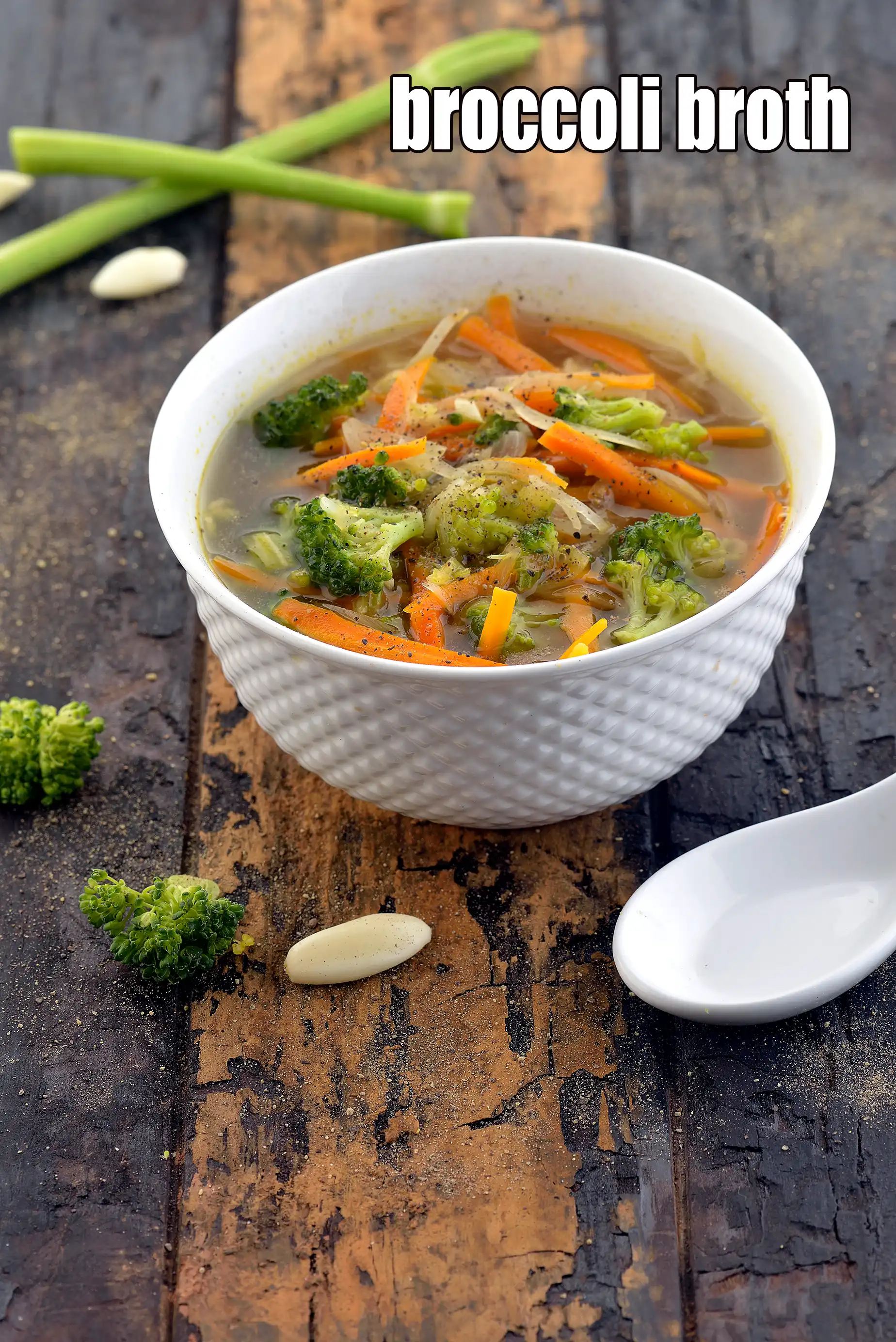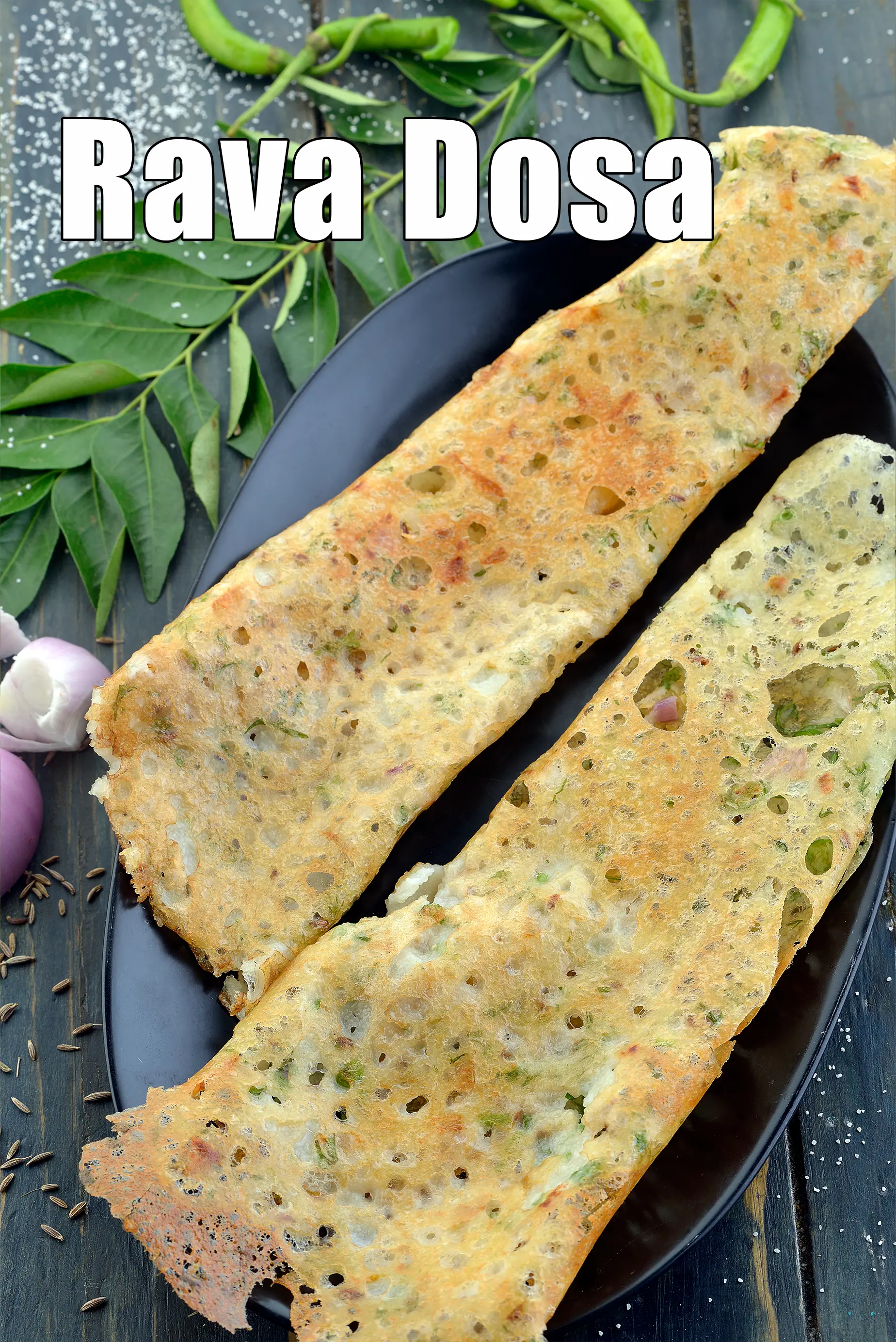Nutritional Facts of Ragda Pattice recipe ( Mumbai Roadside Recipe ), Street food Calories in Ragda Pattice recipe ( Mumbai Roadside Recipe ), Street food
This calorie page has been viewed 9059 times
-2148.jpg)
How many calories does one plate Ragda Pattice have?
One plate Ragda Pattice gives 417 calories. Out of which carbohydrates comprise 233 calories, proteins account for 53 calories and remaining calories come from fat which is 131 calories. One plate Ragda Pattice provides about 21 percent of the total daily calorie requirement of a standard adult diet of 2,000 calories.
Click here to view. Ragda Pattice recipe. ragda pattice recipe | mumbai ragda pattice recipe | how to make ragda pattice | ragda recipe| with 60 amazing images.
Ragda Pattice is an ever-popular snack served piping hot by the roadside food vendors of Mumbai. Aromatic, tasty and filling, this ragda pattice snack often doubles up as a meal for many.
Mumbai ragda pattice recipe is basically potato patties drowned in ragda, a gravy with white peas and spices. Laced with chutneys and topped with crunchy sev, this chatpata snack is absolutely mouth-watering. We show you in detail how to make ragda.
While it kindles your appetite with its tongue-tickling flavours, ragda pattice is also filling enough to appease your hunger! Relish this awesome snack on Mumbai’s roadside ragda pattice on a wet monsoonday, surrounded by friends or family – it is truly an incomparable experience.
Is Ragda Pattice a healthy snack?
Ragda pattice is an energy dense snack with a good amount of protein, but high in fat, which may not be suitable for weight loss, diabetes and heart patients.
Let's understand the ingredients.
What's good?
1. Safed vatana : Safed vatana is a protein brimming pulse. If cooked the correct way it can help to achieve weight loss targets. They are also filled with fiber which will keep you satiated for long hours.
2. Coriander (kothmir, dhania) : Coriander is a fresh herb often used as a flavour enhancer in Indian cooking. It is mainly used as a garnish. This is the best way to use it - no cooking. This preserves its vitamin C content which helps to build our immunity and bring that sparkle to the skin. The antioxidants vitamin A, vitamin C and the quercetin present in coriander works towards strengthening our immune system. Coriander is a fairly good source of iron and folate – the 2 nutrient which help in the production and maintenance of red blood cells in our blood. Good for reducing cholesterol and good for diabetics. Read 9 benefits of coriander to understand details.
3. Onions (pyaz, kanda) : Raw onions are a very valuable source of vitamin C – the immune building vitamin. Along with other phytonutrients from onions, it helps to build WBC (white blood cells) which serves as a line of defence against illness. Yes, it’s a source of many antioxidants, the most important one amongst them being Quercetin. The quercetin in Onions promotes production of HDL (good cholesterol) and lowers total cholesterol in the body. The sulphur in onions act as a blood thinner and prevents blood clotting too. This in turn would lower blood pressure and good for heart, diabetics. Read the benefits of onions.
4. Cornflour ( Cornstarch) : Pros. Cornflour is easy to digest because of the presence of insoluble fiber, thus benefits the gut. It’s gluten-free and can be consumed by those who cannot afford to stock wheat. Cons. Cornflour is full of calories and carbs like refined sugar, thus a barrier to weight reduction. Those on weight loss diet must definitely not reach out for it. The high crabs makes it a No-No for a diabetic meal and restricted for heart patients. Read for more details is cornflour healthy?
What's bad?
1. Potatoes and cornflour : These are starchy foods. they are brimming with carbs and not good for people aiming for weight loss. The reason is that they raise the blood sugar levels quickly thus slowing down metabolism. 19% of cab requirement of the day is fulfilled from just one serving of ragda pattice.
2. Deep fried foods : This recipe consists of Sev, Papdi which is deep fried. Any food that is deep fried is not suitable for healthy living. Your fat levels increase as deep frying increases oil absorption. Also when you use the same oil again for deep frying then smoking point decreases which leads to the development of blue smoke which is not good for health. Processed food, Deep Fried Foods also increases inflammation in the body and shuts down the fat burning process. Most diseases from heart, to cardio vascular, diabetes, parkinsons, alzheimer, cancer and obesity result when the cells get inflamed and don't then function correctly. Inflammation in the arteries can cause heart attacks. So your diet should contain foods that fight inflammation in the body. That's how your body gets healthier by eating the right stuff. So you have given the cells in your body the right food to stay healthy and that is so important in staying disease free for the rest of your life.
Can diabetics, heart patients and overweight individuals have Ragda pattice?
No. The reasons explained above are self-explanatory. They are loaded with abundance of carbs. Such a food will make you hungry quickly and then lead to binge eating. So weight watchers beware of this recipe. Diabetics should also stay steer of it as potatoes are a high glycemic index food which will lead to quick rise in blood sugar levels. Heart patients, if overweight, need to avoid it also.
Better quality food is the key to good health. The best idea is to enjoy the ragda in small portions with green chutney minus the potato pattice and fat laden sev and papdi.
Are there any healthy chaat recipes you suggest?
Yes, we suggest the following healthy chaat options like Oats Chaat, Moong Dal ki Chaat, Gajar aur Moong Dal ki Chaat and Paneer aur Hare Chane ki Chaat. All these chaat recipes have no fried foods and made from dals, oats and chana which are healthy.
Gajar Aur Moong Dal ki Chaat
Can healthy individuals have Ragda pattice?
Yes, BUT with a small change. Ragda pattice is an unhealthy snack overall and thus best avoided. But here you can go slightly healthy by avoiding the sev and papdi completely. Further, replace the carb laden potato pattice with a healthier option like Mixed Sprouts and Chana Dal Tikki. Remember not to go overboard then too. Enjoy only a small portion of it. It would then be a real protein treat for your cells and bones.
Ingredients in Ragda pattice
1. Potatoes are starchy food and energy dense.
2. White peas are good source of proteins and are energy dense.
3. Onions are rich in sulfur compounds which are known to fight carcinogenic compounds in breast cancer.
4. Turmeric- is an antimicrobial which helps to fight against infections.
Ragda Pattice is high in
1. Protein : Protein is required for the managing the wear and tear of all cells of the body.
2. Fiber : Dietary fiber reduce the risk of heart disease, prevent the spike in blood sugar levels and hence super for diabetics. Consume more fruits, vegetables, moong, oats, matki, whole grains.
3. Vitamin B1 : Vitamin B1 protects nerves, helps in carbohydrate metabolism, prevents heart diseases and helps produce red blood cells.
4. Vitamin B3 (niacin) : Vitamin B3 helps in brain functioning and mental health. Also healthy skin formation.
5. Vitamin C : Vitamin C is a great defence against coughs and colds.
6. Folic Acid : Folic acid is an essential vitamin required throughout pregnancy.
7. Iron : Iron is essential in the chemical reactions that produce energy from foods. Eat more greens and garden cress seeds to prevent you from being anaemic. Here are the top 7 sources of iron rich foods.
8. Phosphorous : Phosphorous works closely with calcium to build bones.
Note : a recipe is deemed high in a Vitamin or mineral if it meets 20% and above the recommended daily allowance based on a 2,000 calorie diet.
How to burn 417 calories that come from Ragda Pattice?
Walking (6 kmph) = 2 hrs 5 mins
Running (11 kmph) = 42 mins
Cycling (30 kmph) = 56 mins
Swimming (2 kmph) = 1 hr 11 mins
Note: These values are approximate and calorie burning differs in each individual.
| Value per plate | % Daily Values | |
| Energy | 417 kcal | 21% |
| Protein | 13.3 g | 22% |
| Carbohydrates | 58.2 g | 21% |
| Fiber | 6.65 g | 22% |
| Fat | 14.60 g | 24% |
| Cholesterol | 0.0 mg | 0% |
| VITAMINS | ||
| Vitamin A | 883.1 mcg | 88% |
| Vitamin B1 (Thiamine) | 0.4 mg | 28% |
| Vitamin B2 (Riboflavin) | 0.2 mg | 8% |
| Vitamin B3 (Niacin) | 3.0 mg | 22% |
| Vitamin C | 36.2 mg | 45% |
| Vitamin E | 0.3 mg | 3% |
| Folic Acid (Vitamin B9) | 53.6 mcg | 18% |
| MINERALS | ||
| Calcium | 79.7 mg | 8% |
| Iron | 4.7 mg | 25% |
| Magnesium | 65.9 mg | 15% |
| Phosphorus | 156.8 mg | 16% |
| Sodium | 32.2 mg | 2% |
| Potassium | 628.8 mg | 18% |
| Zinc | 1.6 mg | 10% |
Percent Daily Values are based on a 2000 calorie diet. Your daily values may be higher or lower depending on your calorie needs.
-2148.webp)
Click here to view Ragda Pattice ( Mumbai Roadside Recipes )
Calories in other related recipes


-10832.webp)










